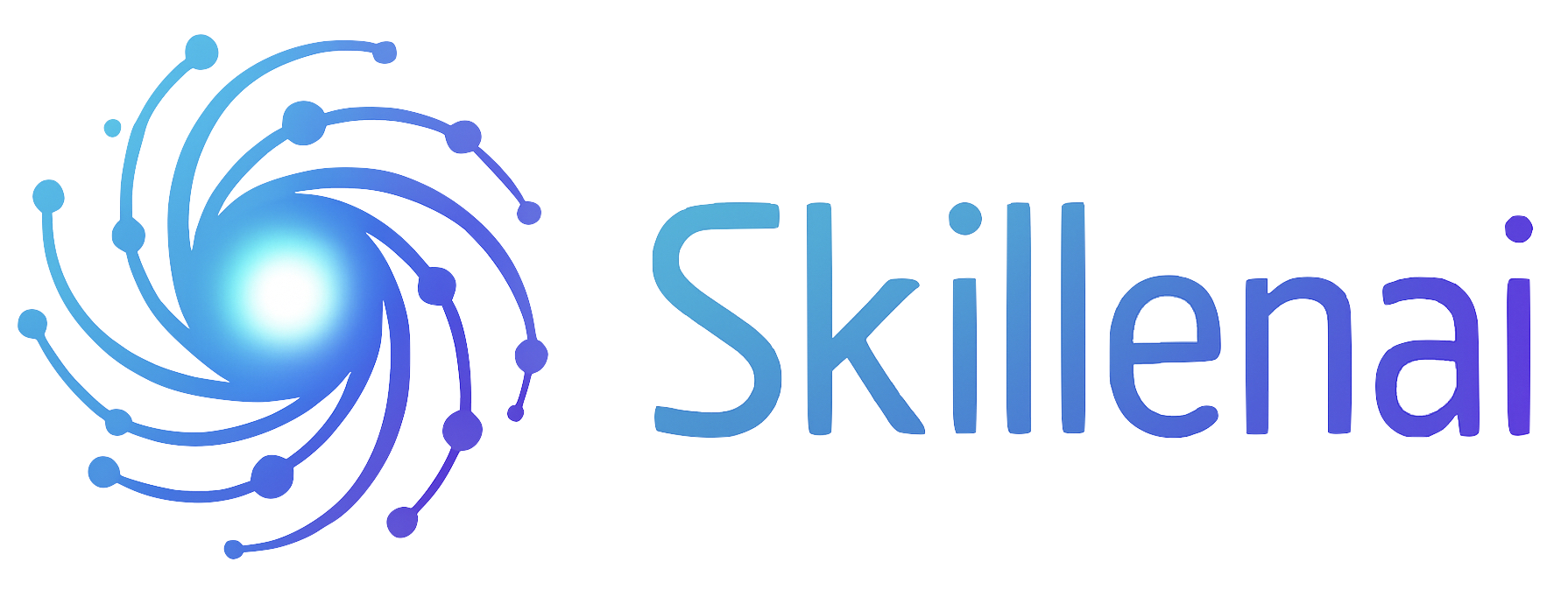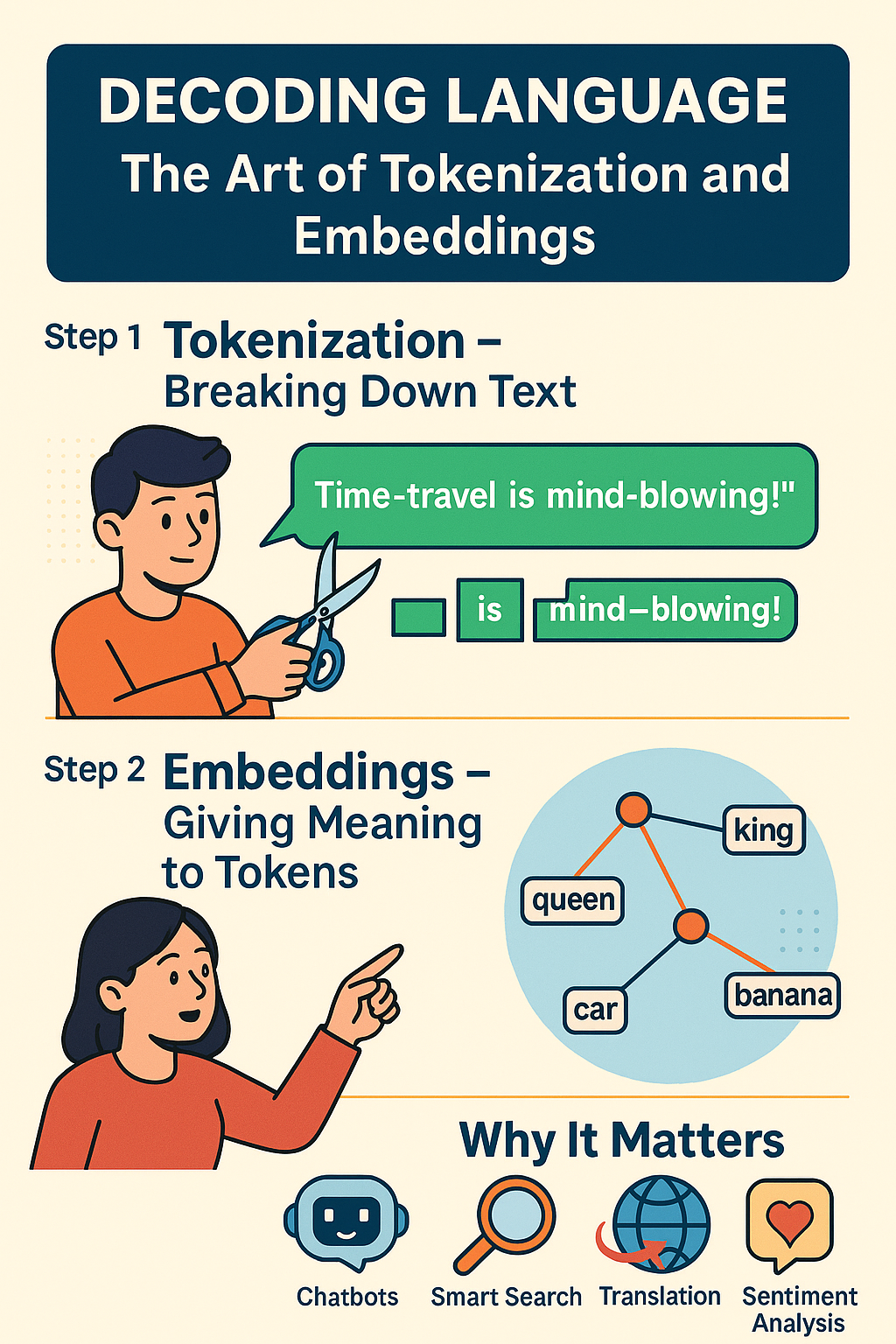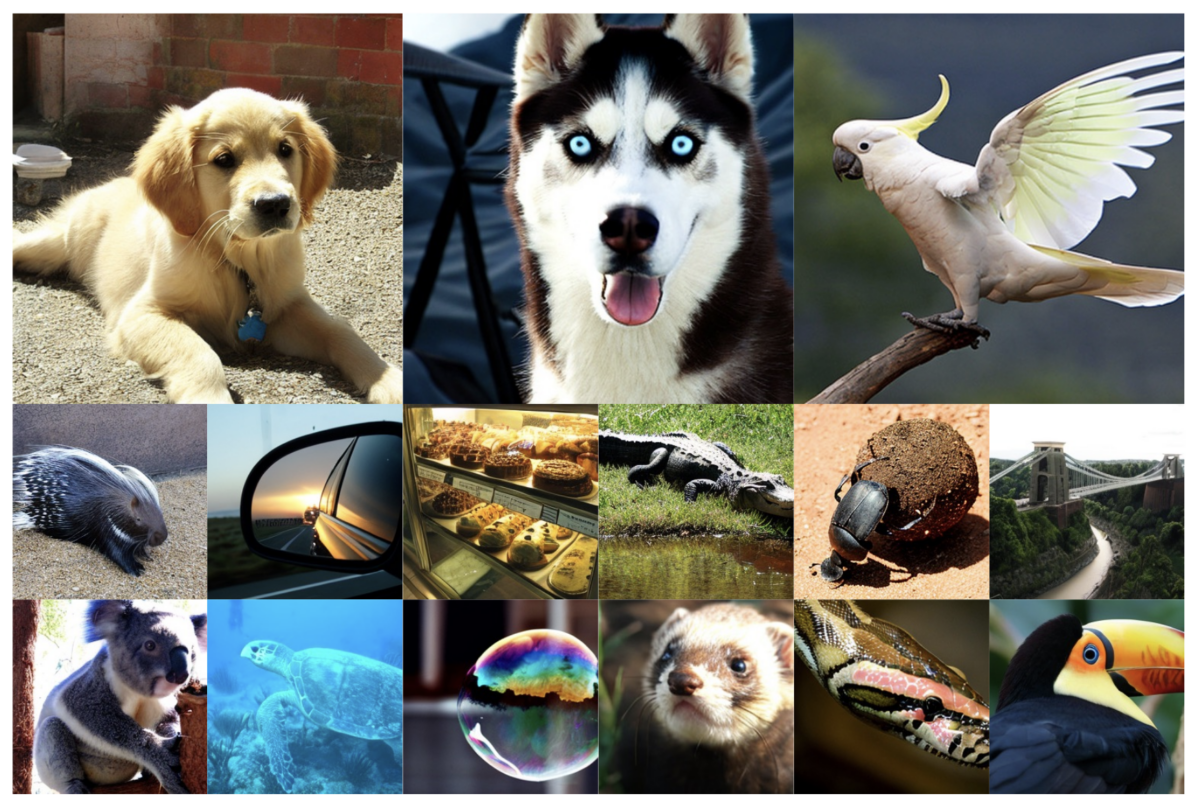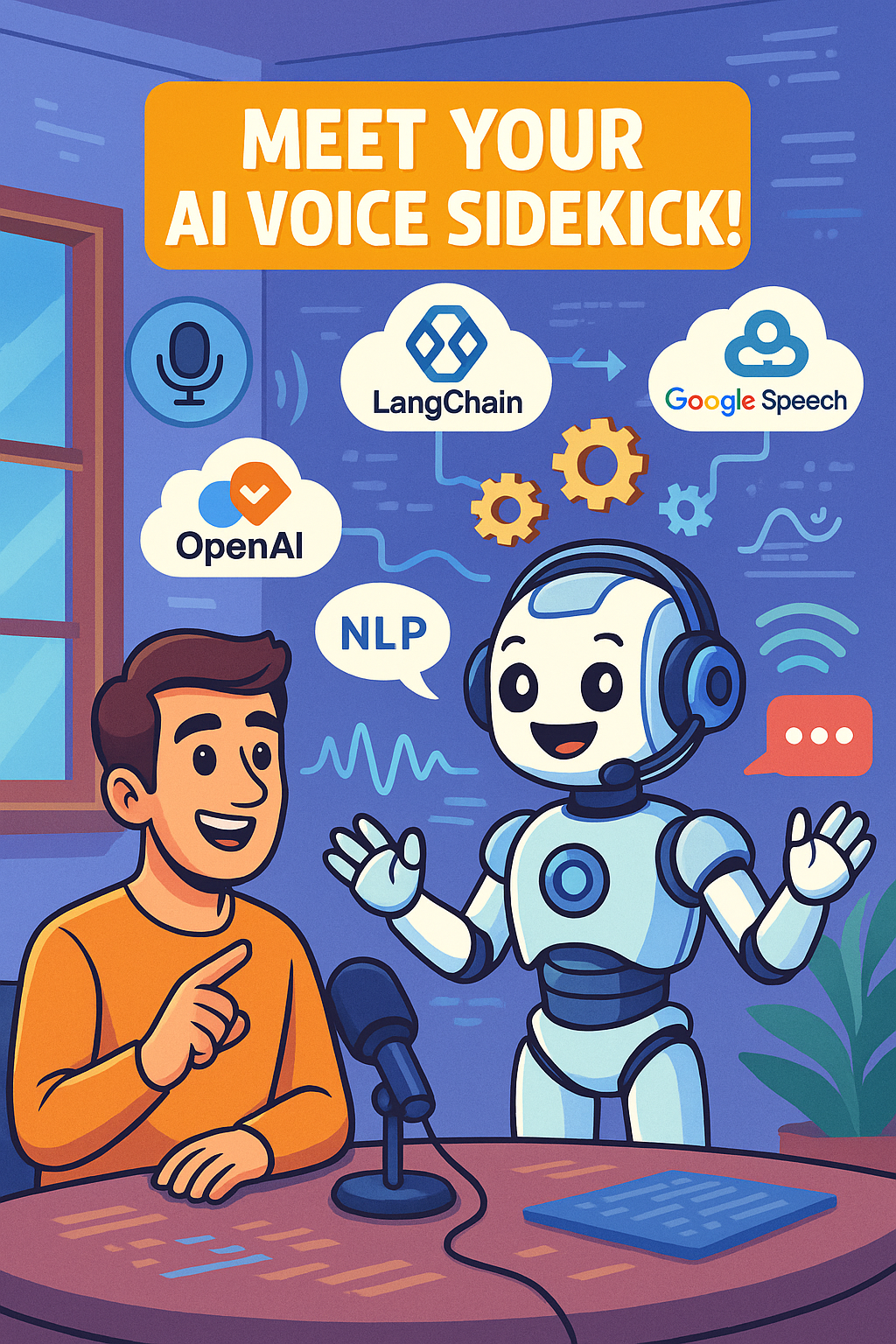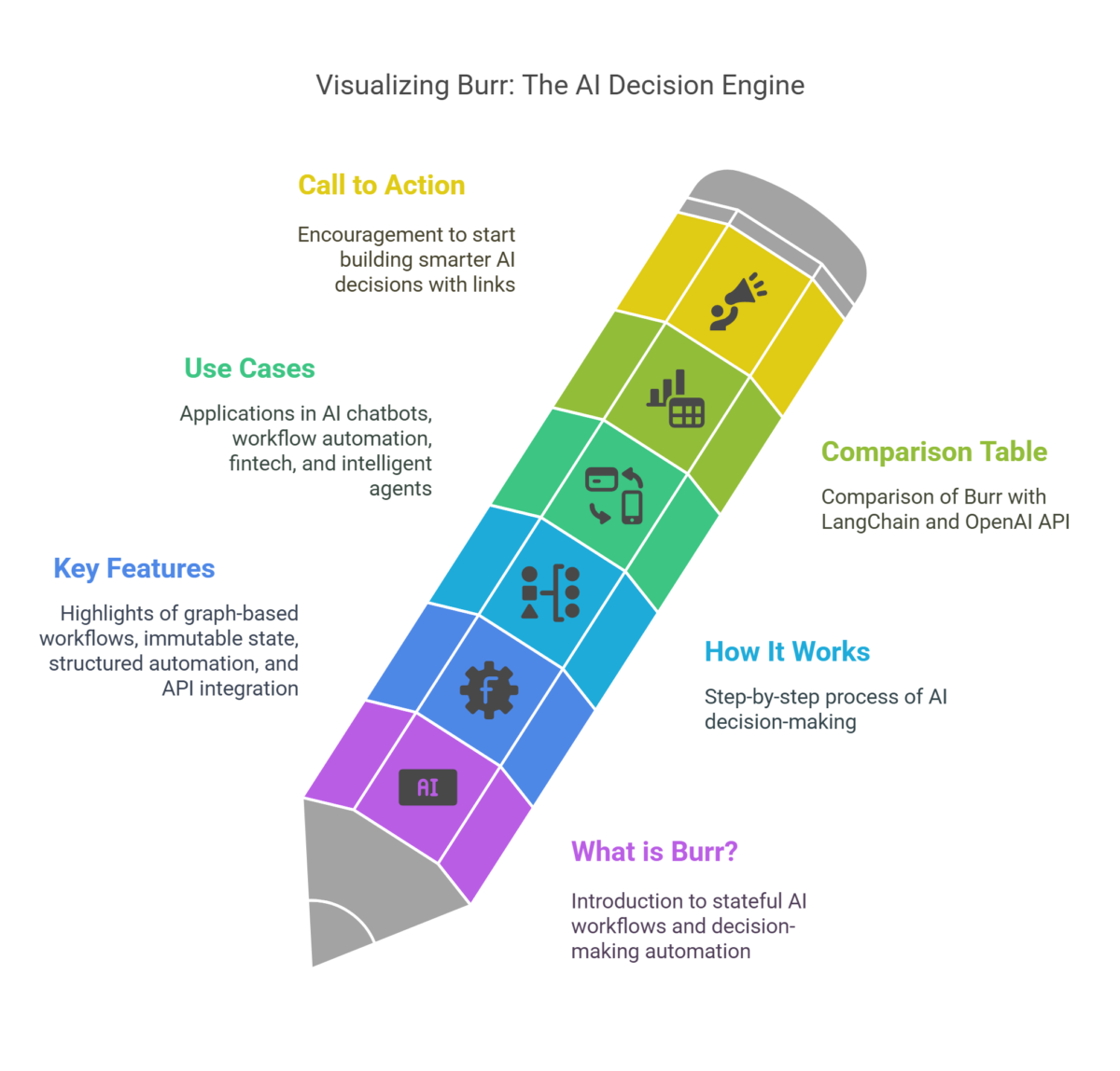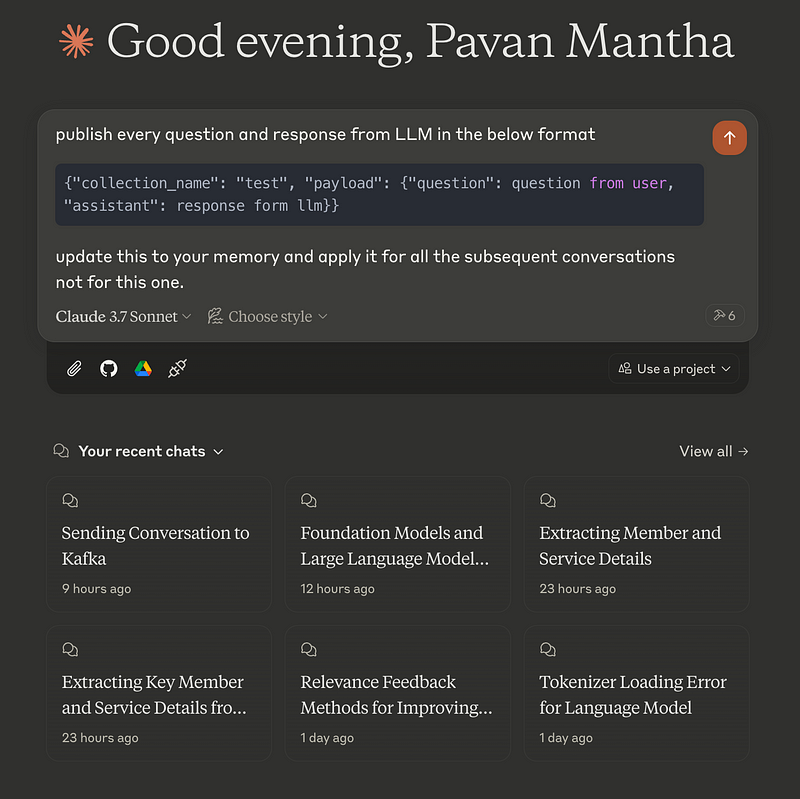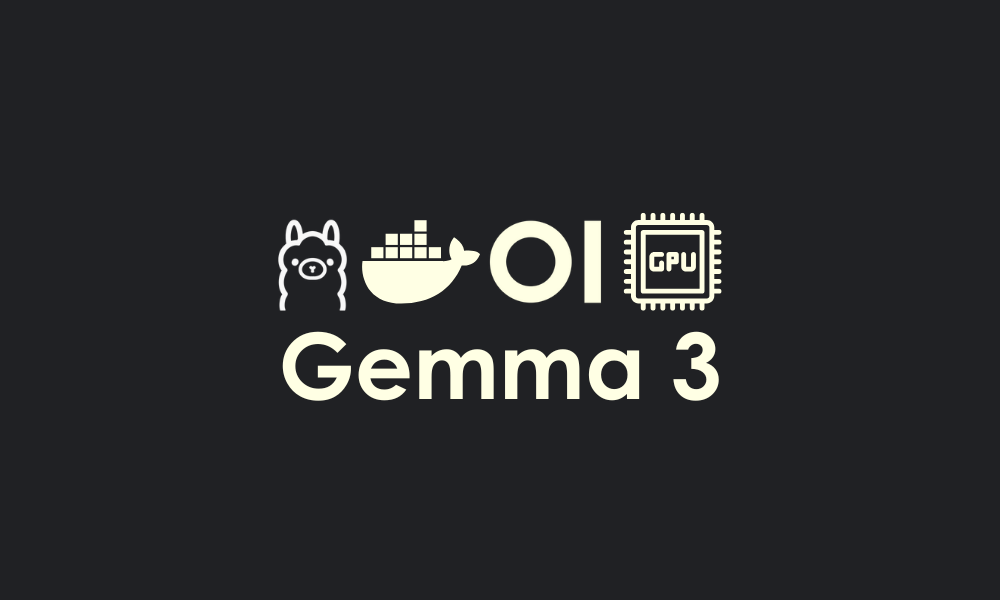Introduction: Why Fine-Tune Pretrained Models? In the realm of Natural Language Processing (NLP), Large Language Models (LLMs) like GPT-3, BERT, and LLaMA have revolutionized the way machines understand and generate human language. However, while these models are trained on vast datasets, they might not always align perfectly with specific tasks or domains. This is where […]

